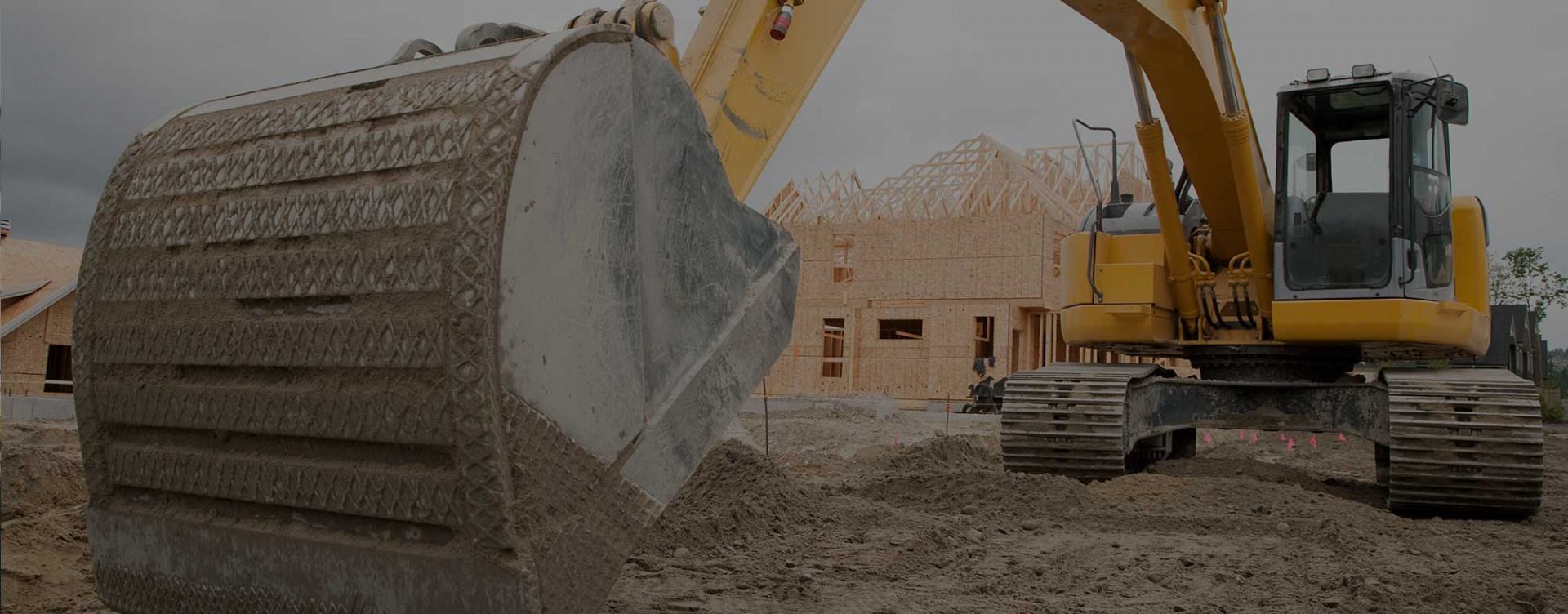
Key Points
- Pumping systems account for about 80 percent of electricity used for water treatment.
- Proper sizing, maintenance and improved controls can optimize pump system efficiency.
- Replacing valves or improving flow can help reduce friction losses and increase energy efficiency.
Publicly owned water supply and wastewater treatment plants use nearly 70 billion kilowatt-hours (kWh) of electricity each year, about 2 percent of the nation’s total electricity consumption.
This enormous investment in moving and treating water, while critical, also presents a significant opportunity to reduce operating costs. Pumping systems account for about 80 percent of electricity usage in water treatment plants. Many proven strategies exist for optimizing pump system performance, with total energy savings ranging up to 50 percent. Here are eight recommended by the U.S. Department of Energy (DOE).
- Reduce overall system requirements
There are several ways to reduce the total amount of flow:
- Use holding tanks to equalize flow over the production cycle (10 to 20 percent savings)
- Eliminate bypass loops and other unnecessary flows (10 to 20 percent savings)
- Reduce safety margins in design system capacity (5 to 10 percent savings)
- Match pump size to load
Make sure your pumps are a good fit by:
- Installing parallel systems for highly variable load or installing a larger pump with speed controls (10 to 50 percent savings)
- Reducing pump size to better match load; pumps are routinely oversized by 15 to 25 percent
- Using multiple smaller pumps so that excess pump capacity can be turned off as needed
- Reduce pump speed
If your pump is going too fast, you’re probably wasting energy. Consider:
- Reducing speed for fixed loads by trimming the impeller or lowering the gear ratio
- Replacing throttling valves with speed controls to meet variable loads
- Installing adjustable speed drives to better match motor speeds to the load (30 to 80 percent savings).
- Upgrade pump components
Replace existing pumps and pump system components with newer, more efficient models. An estimated 15 percent of pumps are more than 20 years old. These pumps are less efficient than newer models and processes change over time (10 to 25 percent savings).
- Operation and maintenance
As with any equipment, pumps must be properly maintained for maximum efficiency. Make sure you:
- Replace worn impellers, especially in semi-solid applications. Pump efficiency degrades from 1 to 5 percent for impellers less than maximum diameter and with increased wear ring clearance.
- Inspect and repair bearings, lip seals, packings and other seals.
Pumps can also act as turbines, recovering pressure energy that would otherwise be wasted.
- Centralize system control
By monitoring and controlling your pumps from a single location, immediate detection of problems is possible, enabling quick intervention and repair. Collected system data can be used for water modeling and energy use optimization, predictive maintenance, as well as seasonal flow and weather adjustments.
- Improve treatment process automation
Effectively managing collection and distribution activities is vital to efficient system operation. Continuous monitoring of remote systems will help identify overflow situations or possible ground contamination. Features to look for include:
- High-resolution displays to view control graphics, diagnostics, trends, alarms and status
- Access to dynamic system points, historical data and event logging
- A sophisticated alarm management program
- Friction losses
Unnecessary friction in the fluid system can increase energy use. Controlling friction resulting from pipe sizing or roughness in an existing system is nearly impossible. However, operators can improve friction inefficiencies caused by system components, unnecessary flow paths or high flow rates. Throttled valves in particular are often associated with friction losses. Measurements can be taken to determine efficiency loss through friction.
For more information about increasing pump efficiency, see DOE’s Improving Pump System Performance. The Hydraulic Institute also offers an easy-to-use simulation tool for pump energy optimization.
